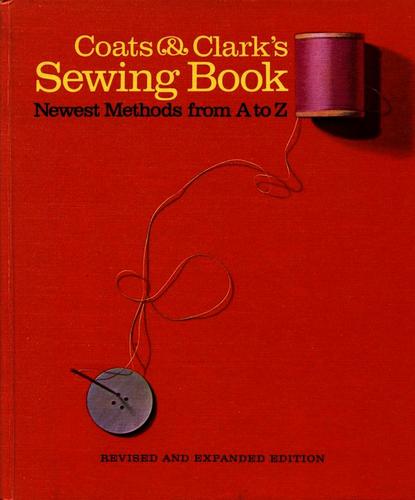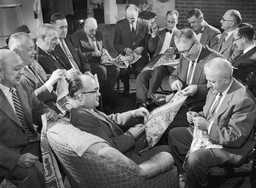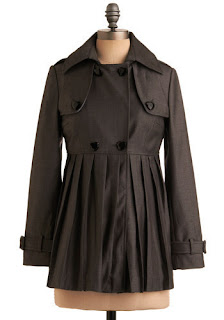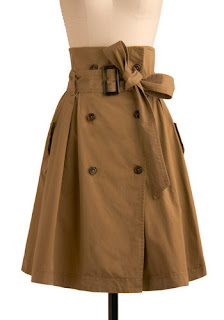Spinning: I never thought I would be interested in spinning fiber into yarn. Never. But yarny blogs and podcasts describing the process and the pleasure of it all have a way of creeping into my consciousness in a most compelling manner. And fiber festivals seem to further this process along the path of enablement. Yes, I was curious, intrigued. But not 100% convinced that spinning was something that I, newbie knitter, needed to do. But the best way to know is to get up close and personal, so last year I attended two festivals, The Midwest Fiber and Folk Art Fair in Grayslake, IL, and Stitches Midwest in Schaumburg, IL. I attended the MFFAF first, with the intent of purchasing a highly praised, and also highly-priced yarn that I had only heard about via the knitting blogosphere. I would stalk the online store and click on skein after skein of some of the most gorgeously hand-dyed yarn. Just a few clicks later, I'd view my cart, my eyeballs would pop out of my head, then I'd click off the site with the quickness. Now, I'd heard that this vendor offers good deals at festivals. I confirmed that they would be at MFFAF, so off I went with an agenda-- err, budget, in mind. Yes, the yarn up close and personal was absolutely divine. The colors so rich, the yarns so lush--and the prices so, so very high, yet and still. The deals were apparently Oprah-type deals. People were buying the yarn, and plenty of it, but I would not be among them. But that didn't stop me from molesting a huge, velvety skein of a silvery teal lace-weight wool, cashmere and silk blend. My hand went to my purse and fiddled around for my wallet, but then I realized that if I bought this skein, I would have depleted about 80% of my budget. I immediately snapped out of my silky-wooly reverie, backed away from the stall and at that moment, felt determined to learn how to spin and dye my own yarn. And I would start right there, at the MFFAF.
 |
| The Midwest Folk and Fiber Arts Festival 2010 |
 |
| Fiber fondling, MFFAF 2010 |
I sauntered over to a nearby wooden spindle vendor to check out his wares. Pretty. Gorgeous. I saw another spindle stall not far away, and headed off towards that one. A man from another nearby stall, who had watched me looking at the spindles, came up to me and said, "You know, you can make your own spindle with a couple of parts from the hobby shop for two bucks." I made mental list of the things he told me, thanked him, and made a quick U-turn back to the area where a bunch of vendors were selling spinning fiber. I fondled all kinds of roving, batts, tops and locks, but my tactile senses came to a screeching halt when my fingers came upon something so soft and exquisite: It was an angora and wool blend. Expensive? Yes, kind of. But worth every penny. (Later I would learn that angora was an unsuitable choice for learning how to spin). Anyway, I reached for my wallet, and then recalled that one my way into the festival, I'd passed a lady leaving carrying a cardboard pet carrier, so I knew live angora rabbits were nearby-- and for sale.
Now if you didn't know by now, I am quite fond of pets. I have several: Three domestic tabby cats, all from shelters, and two dogs, a black labrador retriever and a Cane Corso mastiff. I have never had a pet rabbit before, but always thought I would, someday, along with a parrot, cockatiel, pot-bellied pig and palomino horse. And of course, a small farm is on that wish-list, too. I was pointed in the direction of where the animals were being showcased and took off. First, there were the llamas.
 |
| Llama pen, MFFAF 2010 |
And who doesn't want to take home a llama, right? Moving on to the rabbits, I spotted the star: a tiny, fluffy snowball of a baby red-eyed white (REW) English Angora. A small crowd had gathered around her and I patiently waited my turn to hold and pet her.
 |
| Baby REW English Angora Rabbit, MFFAF 2010 |
And like the group before me, I didn't want to let her go. But I had to. And she wasn't for sale. But there were a few English Angoras that were, and I chose a seven-month-old Fawn, and named her Harriet. The couple that sold me the rabbit let me know that her wool had only recently been harvested, but she still looked awfully wooly to me. They were really helpful with advising me of caring for my new pet, and made sure I understood to never, ever, contrary to popular belief, give her lettuce (it gives Angoras the runs). I paid for my Angora bunny and immediately left the festival, en route to the nearest pet store for supplies. Later, the girls were pleasantly surprised when they came home to find Harriet waiting to meet them.
 |
| Dakota holding Harriet for the first time |
The above photograph is a recently plucked Harriet. Angora wool can be harvested by plucking, or shearing. Plucking Angora wool isn't like plucking one's eyebrow hairs, which is painful, to me, anyway. Rather, imagine combing through your own hair. You are apt to catch a few shed strands, yes? And it didn't hurt, because those hairs were already loosened in the follicle, or, were already released. English Angora rabbits go through stages of shedding their coats a few times per year, and that wool must be removed, or else it cold make the bunny very sick--or worse. This is because, like cats, they love self-grooming, but unlike cats, EAs can't gag up hair balls. These can cause wool block, which ultimately leads to sickness and death. Plucking is pretty easy, and the rabbit isn't bothered by it, unless I am working in an area she doesn't care to be touched. For Harriet, this is her bib, and inner hind legs.
 |
| Harriet with her wool grown in some |
I have harvested the wool both ways because I have learned that plucking often can encourage the growth of guard hairs, which are coarser strands. However, sheared wool doesn't have the nice, long staple lengths one can get with plucking. I have only spun a small amount of Harriet's wool, and yes, it is a but tricky for a beginner because it is very slippery. I mixed a bit with some sheep wool, and found this much easier to control. The resulting yarn was very soft and lofty.
 |
| Harriet after her wool was harvested |
Angora wool is so soft, so luxurious, and on its own is softer than cashmere. It's a hairy fiber, so it produces a halo after being worked up. One of my favorite vintage sweaters has been a beaded 100% Angora cardigan.
I did end up making my own spindle using a wooden wheel and dowel from Michael's, for less than $5 total. I decided to try a bottom-whorl spindle, and instead of using a hook at the end of the shaft, I cut a small notch into the shaft. I am pretty certain that my spindle is woefully lacking proper balance, but doggit-- it's making yarn!
 |
| First plied handspun yarn, Corriedale fiber |
I have lots more to say about this topic, so come again for Part Two. In the meantime, enjoy this pic of the Lady Maxine, our wonderful Black Labrador Retriever.
 |
| My Black Lab, Maxine |
The difference between friends and pets is that friends we allow into our company, pets we allow into our solitude. ~Robert Brault























